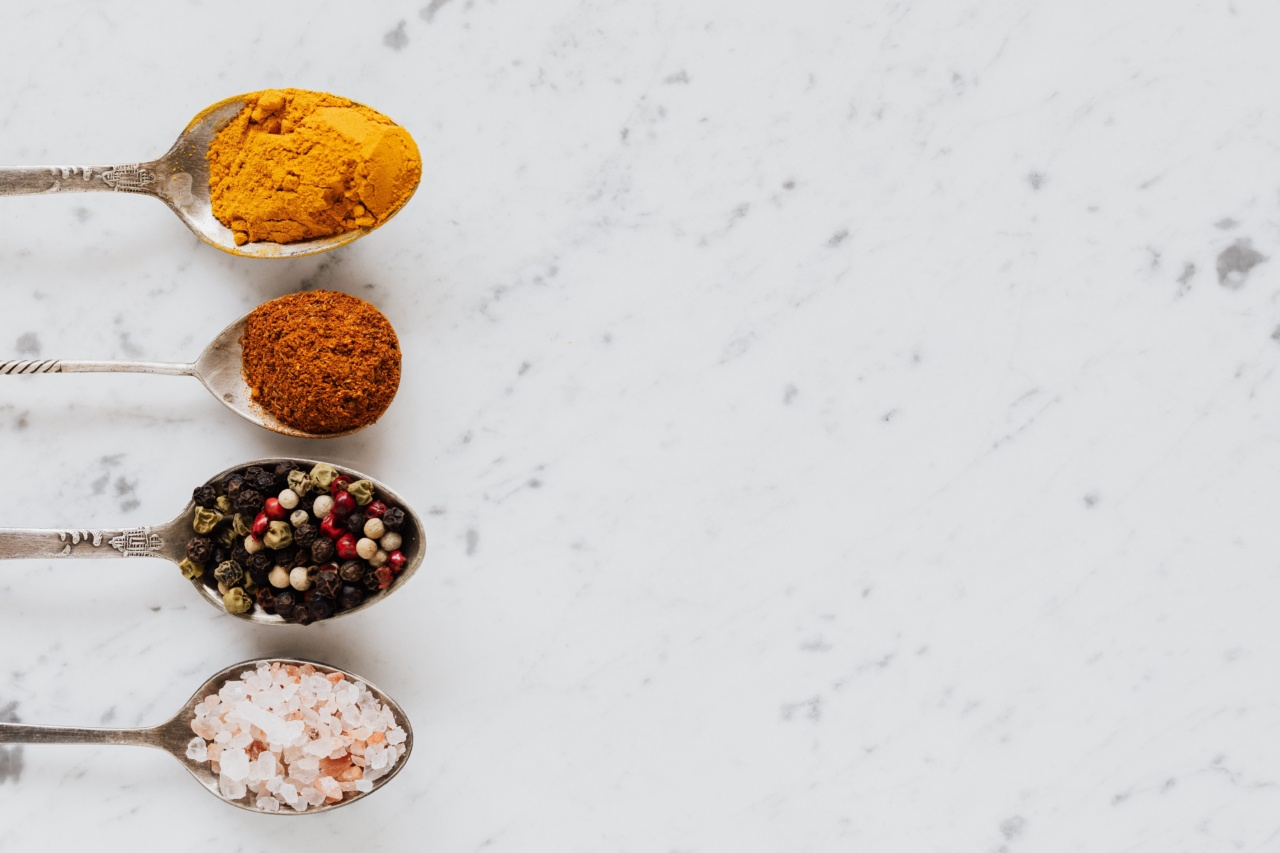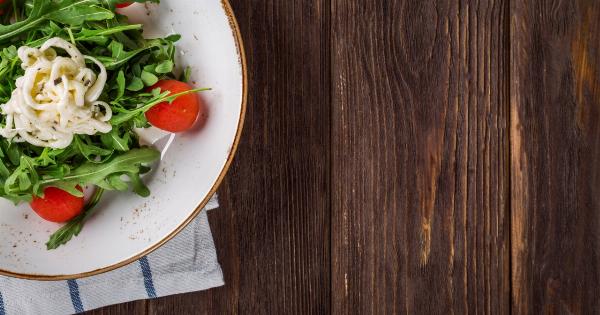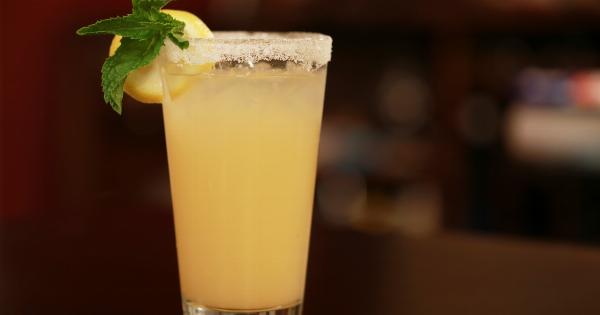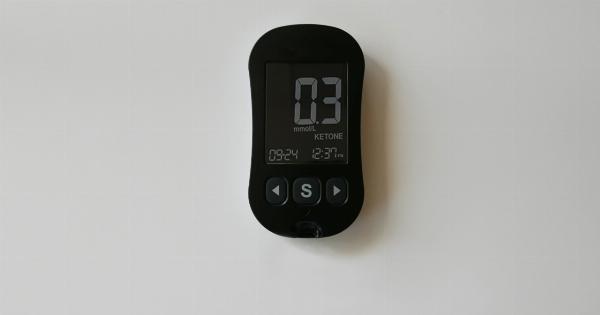Reducing salt intake is crucial for maintaining a healthy lifestyle as excessive salt consumption can lead to various health problems.
However, it can be challenging to identify the culprits behind our high salt intake, as salt is present in numerous foods and condiments. In this article, we will explore the common sources of salt and provide strategies to reduce our salt intake effectively.
The Risks of Excessive Salt Intake
Before diving into the culprits of high salt intake, it is essential to understand the risks associated with excessive salt consumption. High salt intake has been linked to hypertension, which is a leading cause of heart disease and stroke.
Additionally, consuming too much salt can result in water retention and bloating, leading to discomfort and a higher risk of developing kidney problems.
Moreover, individuals with certain health conditions such as kidney disease or diabetes may be more susceptible to the adverse effects of high salt intake.
The Hidden Salt in Processed Foods
One of the primary culprits behind excessive salt intake is processed foods. These foods often contain hidden salt, known as added salt or sodium, to enhance flavors, preserve shelf life, and improve texture.
Unfortunately, processed foods have become staples in many people’s diets due to their convenience and long shelf life.
Some common examples of processed foods high in hidden salt include canned soups, frozen meals, packaged snacks, deli meats, and sauces.
These foods can contain shockingly high amounts of sodium, greatly contributing to our daily salt intake without us even realizing it.
Restaurant Meals and Takeouts
Eating out at restaurants or ordering takeout can be enjoyable, but it often involves consuming excessive salt. Many restaurant meals are loaded with salt to enhance flavors and make the food more palatable.
Additionally, the portion sizes at restaurants are often larger than what we would typically cook at home, resulting in a higher overall salt intake.
Fast food and fast-casual chains are especially notorious for their high salt content. Burgers, fries, pizzas, and fried chicken are just a few examples of popular fast-food items that are packed with sodium.
It is essential to be mindful of our choices when dining out or ordering takeout to avoid consuming excessive salt.
Condiments and Sauces
While condiments and sauces may seem harmless, they can significantly contribute to our daily salt intake. Ketchup, soy sauce, barbecue sauce, salad dressings, and even mustard all contain varying amounts of salt.
It is easy to overlook the salt content in these small additions to our meals, but they can quickly add up.
For those looking to reduce salt intake, opting for low-sodium or salt-free versions of these condiments can make a significant difference.
Alternatively, experimenting with herbs, spices, and homemade dressings can add flavor to meals without relying on salt.
Breads and Baked Goods
Breads and baked goods, including pastries and cakes, are often packed with hidden salt. Commercially-produced loaves of bread can contain surprisingly high amounts of salt, as it helps improve the dough texture and extend shelf life.
When selecting bread, opting for whole-grain options or those labeled “low-sodium” can help reduce salt intake.
Additionally, homemade baked goods provide more control over the ingredients, allowing for the use of minimal salt or salt alternatives without compromising taste or texture.
Snacks and Ready-to-Eat Meals
Snacks and ready-to-eat meals, such as chips, pretzels, microwave popcorn, and instant noodles, often boast high salt content. These convenient snacks are designed to be addictive, and salt plays a significant role in achieving this.
It’s crucial to be aware of the sodium content in these snacks and opt for healthier alternatives whenever possible.
Similarly, ready-to-eat meals, especially those marketed as quick solutions for busy individuals, are notorious for their high salt content.
While they may seem like convenient options, preparing homemade meals using fresh ingredients allows for better control over salt intake.
Strategies for Reducing Salt Intake
Now that we have identified some common culprits of high salt intake, it’s time to explore strategies for reducing our salt consumption effectively. Here are some tips to help achieve this:.
1. Read Food Labels
When grocery shopping, make it a habit to read the nutritional labels of packaged foods carefully. Look for the sodium content per serving and choose options with lower salt content.
Foods labeled as “low-sodium” or “no salt added” are generally better choices.
2. Cook at Home
Preparing meals at home provides greater control over ingredients and reduces the reliance on processed foods. By cooking from scratch, we can use fresh ingredients and control the amount of salt added to our meals.
3. Use Natural Flavor Enhancers
Rather than reaching for the salt shaker, experiment with natural flavor enhancers like herbs, spices, garlic, ginger, citrus juices, or vinegar. These alternatives can add depth and complexity to dishes without relying solely on salt for flavor.
4. Limit the Use of Condiments
Avoid overloading meals with high-sodium condiments. Instead, opt for reduced-sodium or salt-free alternatives, or make homemade versions using fresh ingredients.
5. Choose Fresh Foods
Opt for fresh produce, lean meats, and whole grains when grocery shopping. These natural, unprocessed foods are generally lower in salt compared to their processed counterparts.
6. Rinse Canned Foods
If using canned foods like beans or vegetables, rinsing them under water before use can help remove excess salt.
7. Be Mindful of Restaurant Choices
When dining out, be mindful of your choices. Opt for dishes that are grilled, steamed, or baked, rather than fried. Ask for dressings and sauces on the side to control the amount you consume.
8. Cook in Batches
Preparing meals in larger batches allows for portioning and freezing, reducing the need for processed or takeout meals on hectic days. This way, you have healthier homemade meals readily available.
9. Stay Hydrated
Drinking an adequate amount of water throughout the day helps maintain the balance of fluids in our bodies and flushes out excess salt. This can help reduce the negative effects of high salt intake.
10. Seek Support
If you find it challenging to reduce salt intake on your own, consider seeking support from friends, family, or even joining online communities dedicated to healthy lifestyles. They can provide tips, recipes, and a sense of accountability.
Conclusion
Reducing salt intake is a crucial step towards maintaining optimal health.
By identifying the culprits behind high salt intake, such as processed foods, restaurant meals, condiments, breads, and snacks, we can make informed choices and opt for healthier alternatives. Incorporating strategies like reading food labels, cooking at home, using natural flavor enhancers, and staying hydrated can significantly contribute to achieving a lower salt intake and a healthier lifestyle overall.


























